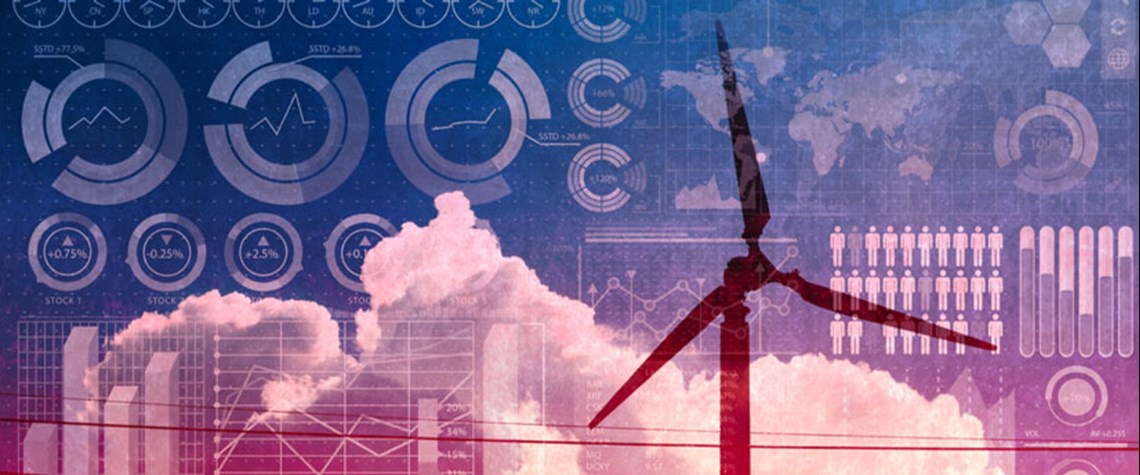Collaborative data key to decarbonisation shift
Hydrocarbons sector is embracing digital technologies to stay financially competitive, but innovation will also ease the transition to low-carbon energy
Things are looking up for low-carbon energy. In the last year, China announced a 2060 deadline for carbon-neutrality, the EU Parliament backed a binding target of 2050 for the same landmark, and the US re-entered the Paris Agreement. Today, all eyes are on wind and solar to deliver the change that governments and industry globally recognise as essential. Of course, that change cannot happen overnight. If we want to maximise our progress we must manage not just what we are moving towards, but also what we are moving away from. As well as looking up at the blue skies of new energy we need to look down at the reality on the ground, at the oil and gas which still power the modern world, and thin

Also in this section
24 December 2025
As activity in the US Gulf has stagnated at a lower level, the government is taking steps to encourage fresh exploration and bolster field development work
23 December 2025
The new government has brought stability and security to the country, with the door now open to international investment
23 December 2025
A third wave of LNG supply is coming, and with it a likely oversupply of the fuel by 2028
22 December 2025
Weakening climate resolve in the developed world and rapidly growing demand in developing countries means peak oil is still a long way away







